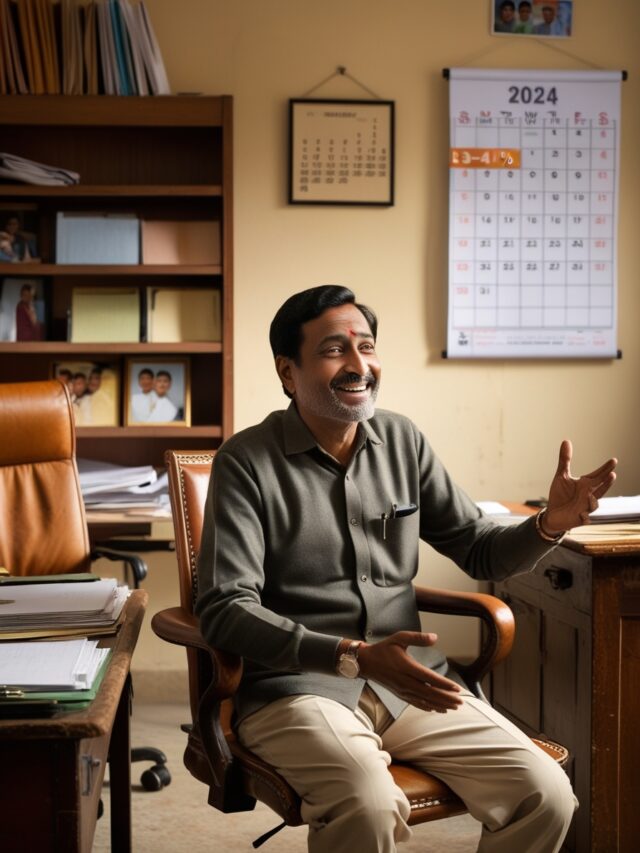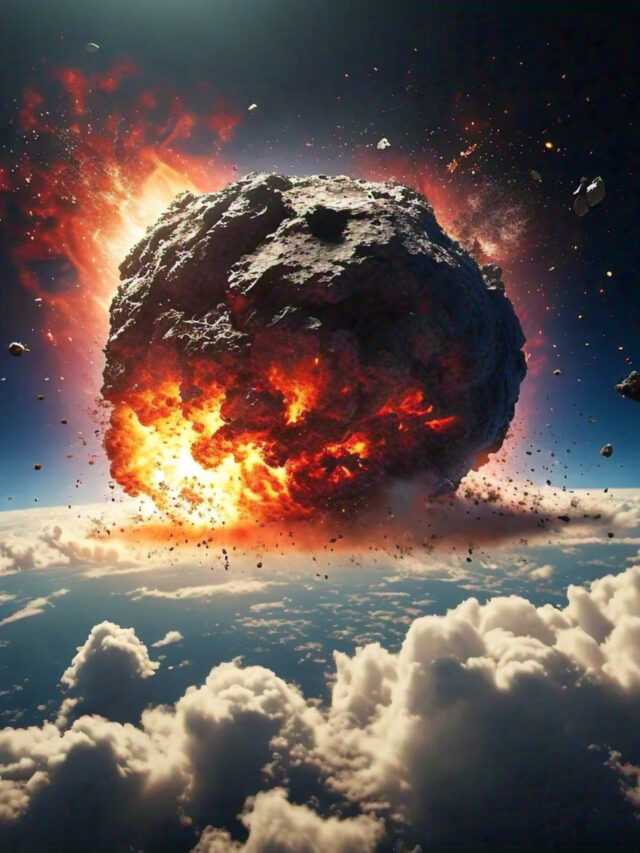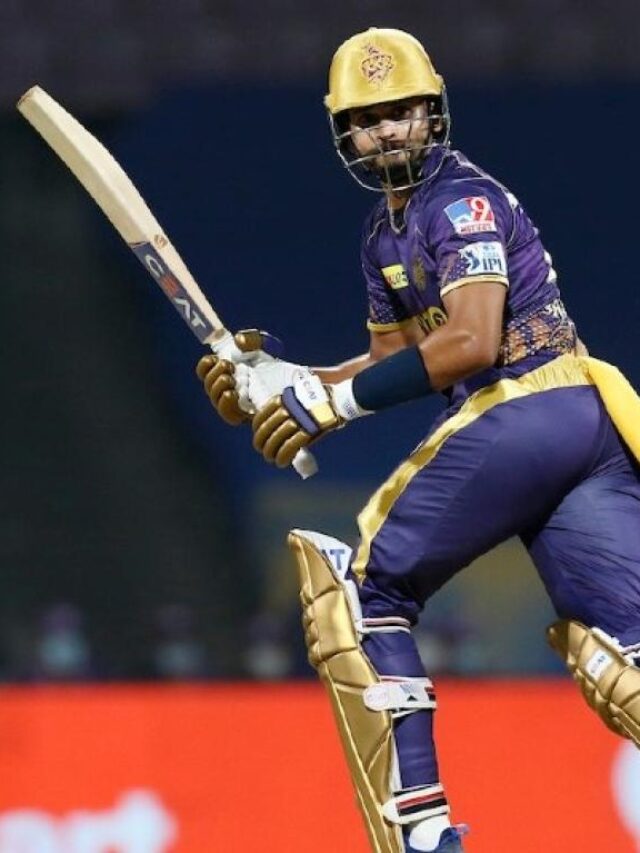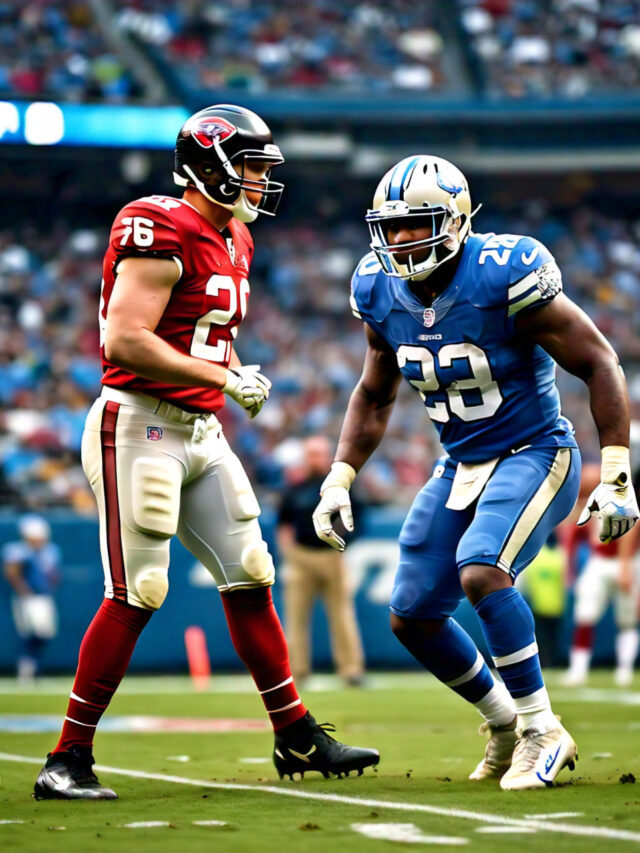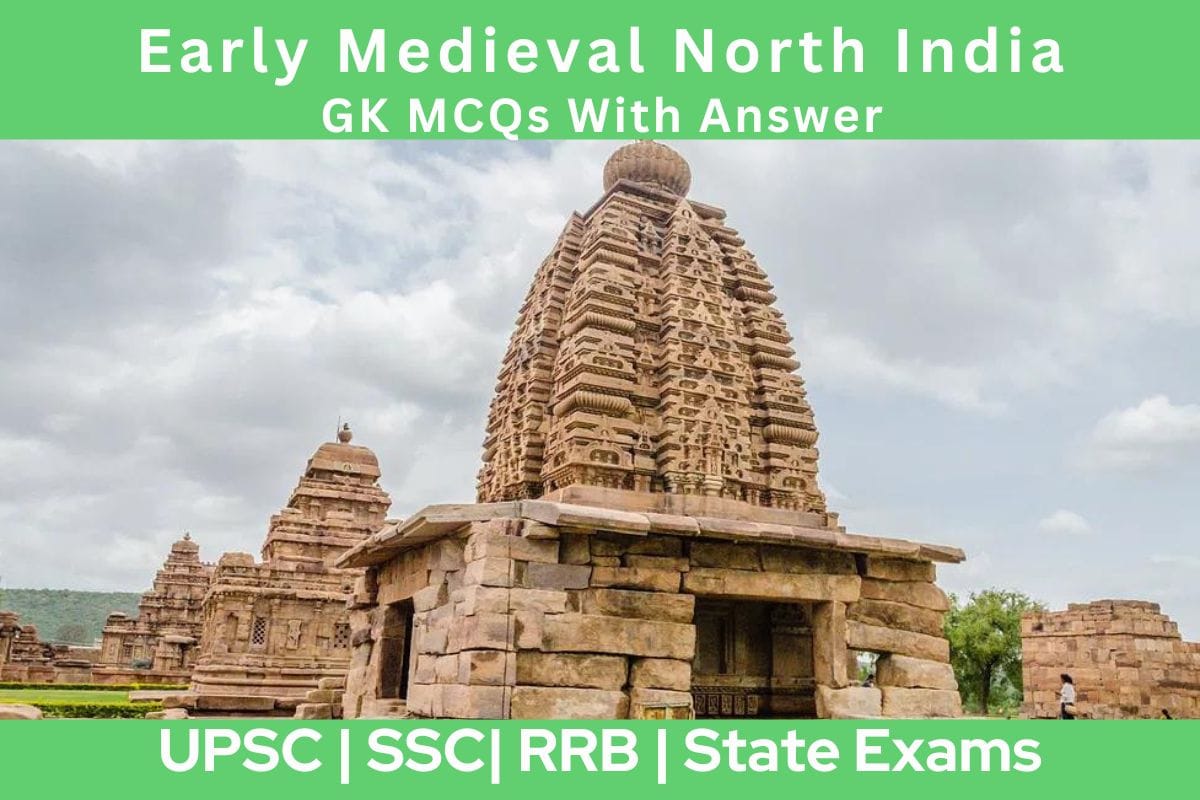
Early Medieval North India marks a crucial period in Indian history, spanning from the 6th to the 13th century. This epoch witnessed the rise and fall of powerful empires, socio-cultural transformations, and the convergence of diverse religious and artistic influences. From the Gupta Empire’s decline to the establishment of the Delhi Sultanate, this era shaped the region’s political landscape, leaving a lasting impact on its socio-economic fabric.
MCQs with Answers and Explanations:
1. Which of the following Chinese travelers was sent to Harsha’s court in 646 AD?
- Fa-Hein
- Hsuan Tsang
- I-tsing
- Wang-hiuen-tse
Show Answer
Correct Answer: Hsuan Tsang
The Chinese Emperor dispatched the eminent monk and scholar Hsuan Tsang (Xuanzang) as an envoy to the court of Harsha in 646 AD. Hsuan Tsang’s journey to India during the 7th century CE provided valuable records of Indian history, culture, and society, which are now a crucial source for understanding ancient India.
2. Which of the following kings fought with the Parasikas?
- Vakpatiraja
- Yasovarman
- Manorathavarman
- Bhogavarman
Show Answer
Correct Answer: Yasovarman
Yasovarman, the ruler of the Chandela dynasty, fought against the Parasikas, possibly a foreign group, demonstrating his military engagements in the region.
3. Which of the following kings founded the Pratihara dynasty?
- Vatsaraja
- Harichandra
- Nagabhatta I
- Nagabhatta II
Show Answer
Correct Answer: Harichandra
The Pratihara dynasty, also known as the Gurjara-Pratiharas, was founded in and around Jodhpur in southwestern Rajasthan. They are recognized as the Gurjara-Pratiharas, signifying their Gurjara (Gujar) origin.
4. Which of the following kings exercised control over Malwa, Rajputana, and Gujarat?
- Harichandra
- Vatsaraja
- Nagabhatta I
- Nagabhatta II
Show Answer
Correct Answer: Nagabhatta I
Nagabhatta I is indeed acknowledged as the actual founder of the Gurjara-Pratiharas. He exercised control over extensive regions, including Malwa, Rajputana, and Gujarat. Notably, Nagabhatta I emerged victorious against the Arab army during the Caliphate campaigns in India, highlighting his military prowess.
5. Which of the following kings was defeated by Rashtrakuta king, Dhruva?
- Vatsaraja
- Harichandra
- Nagabhatta II
- Nagabhatta I
Show Answer
Correct Answer: Nagabhatta II
Nagabhatta II was defeated by the Rashtrakuta king, Dhruva.
6. Which of the following kings succeeded Nagabhatta I?
- Harichandra
- Vatsaraja
- Mihir Bhoja
- Nagabhatta II
Show Answer
Correct Answer: Vatsaraja
Vatsaraja succeeded Nagabhatta I and extended his dominion over a significant portion of North India, designating Kannauj as his capital.
7. Which of the following kings was the most successful and popular ruler of the Pratiharas?
- Vatsaraja
- Harichandra
- Nagabhatta I
- Mihir Bhoja
Show Answer
Correct Answer: Mihir Bhoja
Mihir Bhoja was a prominent ruler of the Gurjara-Pratiharas who reigned from 836 C.E. to 885 C.E. He is celebrated as one of the most accomplished and admired monarchs of the Pratihara dynasty, distinguished for his military prowess and wealth.
8. Which of the following kings was identified as king Juzr from the travel accounts of the 9th-century Arab merchant, Sulaiman?
- Vatsaraja
- Nagabhatta I
- Harichandra
- Mihir Bhoja
Show Answer
Correct Answer: Mihir Bhoja
Mihir Bhoja, often identified as King Juzr in the travel accounts of the 9th-century Arab merchant Sulaiman, was renowned for his significant military might and affluence.
9. Which of the following kings was called King Baura by Al-Masudi?
- Mihir Bhoja
- Harichandra
- Nagabhatta I
- Vatsaraja
Show Answer
Correct Answer: Mihir Bhoja
Mihir Bhoja, the Gurjara-Pratihara ruler, was recognized as King Baura by Arab writers and commended for his ability to protect his empire from marauders.
10. Which of the following kings succeeded King Bhoja I/Mihir Bhoja?
- Mahendrapala
- Rajyapala
- Yashpala
- Harichandra
Show Answer
Correct Answer: Mahendrapala
After Mihir Bhoja, Mahendrapala I succeeded as the ruler of the Gurjara-Pratiharas. Under Mahendrapala’s governance, the empire reached its zenith of prosperity and power.
Q11: Which of the following kings fought a war with the king of Kashmir?
1. Mahendrapala
2. Yashpala
3. Rajyapala
4. Harichandra
Show Answer
Answer: Mahendrapala
Explanation: Mahendrapala’s rule extended west to the border of Sindh, east to Bengal, north to the Himalayas, and south beyond the Narmada River, underscoring the vast expanse of his empire.
2. “Q12: Which poet wrote Karpuramanjari?
1. Sauda
2. Rajashekhar
3. Yashovarmana
4. Banabhatta
Show Answer
Answer: Rajashekhar
Explanation: Rajashekhar, the court poet of Mahendrapala I, is celebrated for his literary contributions, including the composition of notable works such as “”Karpuramanjari”” and “”Kavya Mimansa.
Q13: Which works were composed by Rajashekhar, the court poet of Mahendrapala?
1. Bhrinjika
2. Bala Ramayana
3. Vidhasalabhanjika
Select the correct option from the codes given below:
1. Only 1
2. Only 2
3. Only 2 & 3
4. 1, 2 and 3
Show Answer
Answer: 1, 2 and 3
Explanation: Rajashekhar, the court poet of Mahendrapala I, composed several works, including Vidhasalabhanjika, Bhrinjika, and Balaramayana.
Q14: Which of the following kings was defeated by the Rashtrakuta King Indra III?
1. Harichandra
2. Rajyapala
3. Mahendrapala
4. Yashpala
Show Answer
Answer: Mahendrapala
Explanation: Despite his significant achievements, Mahendrapala I met with defeat at the hands of the Rashtrakuta King Indra III, resulting in the destruction of the city of Kannauj.
Q15: Which of the following laid the foundation of the Pala dynasty?
1. Dharmapala
2. Gopala
3. Devapala
4. Mahipala I
Show Answer
Answer: Gopala
Explanation: Gopala was the visionary ruler who laid the foundation of the Pala dynasty in the 8th century CE. The name “”Pala”” is derived from the ancient Prakrit language, signifying “”protector.
Q16: Which major cities were included in the Pala kingdom?
1 Pataliputra
2. Vikrampura
3. Ramvati
4. Monghyr
Select the correct option from the codes given below:
1. Only 1 & 2
2. Only 2 & 3
3. Only 2, 3 & 4
4. 1, 2, 3 & 4
Show Answer
Answer: 1, 2, 3 & 4
Explanation: The Pala kingdom encompassed key cities such as Pataliputra, Vikrampura, Ramvati (Varendra), and Monghyr (Munger), among others
Q17: The Pala kings were followers of which of the following religions?
1. Jainism
2. Buddhism
3. Hinduism
4. Islam
Show Answer
Answer: Buddhism
Explanation: The Pala kings were ardent followers of Buddhism, particularly the Mahayana and Tantric schools. They actively promoted Buddhism by establishing monasteries and temples in eastern India.
Q18: During which period did the Pala ruler ‘Gopala’ rule?
1. 750 to 770 A.D.
2. 755 to 775 A.D.
3. 760 to 780 A.D.
4. 765 to 785 A.D.
Show Answer
Answer:750 to 770 A.D.
Explanation: Gopala, the founder of the Pala dynasty, reigned from 750 to 770 A.D. He hailed from a family of distinguished military leaders, with his father Vapyata and grandfather Davitavishnu holding significant positions.
Q19: Which of the following succeeded Gopala?
1. Dharmapala
2. Devapala
3. Mahipala I
4. None of the above
Show Answer
Answer: Dharmapala
Explanation: Dharmapala, Gopala’s son, succeeded to the throne. Dharmapala, during his reign of around 40 years, achieved noteworthy accomplishments. He also led foreign expeditions, although he initially faced setbacks against the Pratiharas and Rashtrakutas.
Q20: Dharmapala held a Durbar at which of the following places?
1. Patliputra
2. Vikrampura
3. Tamralipti
4. Kannauj
Show Answer
Answer: Kannauj
Explanation: After a victory over Indraraja or Indrayudha, the ruler of Kannauj, Dharmapala convened a Durbar (court) at Kannauj, attended by various vassal chiefs. He installed a puppet ruler, Chakrayudha, on the throne
Q21: Which of the following Pala rulers founded the Somapuri monastery near Paharpur in Bihar?
1. Gopala
2. Dharmapala
3. Devapala
4. Mahipala
Show Answer
Answer: Dharmapala
Explanation: Dharmapala is recognized for establishing the Somapuri monastery near Paharpur in Bihar and endowing Nalanda University with 200 villages.
Q22: Dharmapala was challenged by which of the following Pratihara rulers?
1. Vatsaraja
2. Nagabhata I
3. Nagabhata II
4. Bhoja II
Show Answer
Answer: Nagabhata II
Explanation: Dharmapala confronted challenges from Nagabhata II, the Pratihara ruler, who eventually conquered Kannauj and displaced Chakrayudha, Dharmapala
Q23: Which of the following were under the direct control of Dharmapala?
1. Bengal
2. Bihar
3. Kannauj
Select the correct option from the codes given below:
1. Only 1
2. Only 1 & 2
3. Only 2 & 3
4. 1, 2 & 3
Show Answer
Answer: Only 1 & 2
Explanation: Under the rule of Dharmapala, Bengal and Bihar came under his direct control, with the kingdom of Kannauj acknowledging his authority. Rulers from other regions, including Punjab, Rajputana, Malwa, and Berar, recognized Dharmapala as their overlord and paid homage to him. This signified the widespread influence of the Pala dynasty under Dharmapala’s leadership.
Q24: Under which of the following Pala rulers did Bengal emerge as the most powerful state in Northern India?
1. Gopala
2. Dharmapala
3. Devapala
4. Mahipala
Show Answer
Answer: Dharmapala
Q25: Which Buddhist writer was patronized by Dharmapala?
1. Ashvagosha
2. Nagarjuna
3. Haribhadra
4. Vasumitra
Show Answer
Answer: Haribhadra
Explanation: Dharmapala was not only a skilled ruler but also a patron of both the arts and military endeavors. He founded a splendid monastery at Odantapuri in Bihar and supported the renowned Buddhist writer Haribhadra, highlighting his patronage of intellectual and cultural activities.
Q26: Which of the following succeeded Dharmapala?
1. Devapala
2. Mahipala I
3. Ramapala
4. None of the above
Show Answer
Answer: Devapala
Explanation: After Dharmapala, his son Devapala succeeded him as the ruler. Devapala not only maintained the territories inherited from his father but also expanded the empire significantly. During his reign (810-850 A.D.), Devapala extended his dominion to include Pragyoytishpur or Kamarupa (Assam), parts of Orissa (Utkala), and the modern state of Nepal. His reign was marked by territorial growth and consolidation.
Q27: During which period is the rule of Devapala associated?
1. 800-830 A.D.
2. 810-850 A.D.
3. 815-840 A.D.
4. 820-850 A.D.
Show Answer
Answer: 810-850 A.D.
Explanation: The period 810-850 A.D. is associated with the rule of Devapala. During his reign, Devapala extended his empire to include Pragyoytishpur or Kamarupa (Assam), parts of Orissa (Utkala), and the modern state of Nepal.
Q28: Which of the Pala rulers appointed Viradeva as the head of Nalanda Monastery?
1. Gopala
2. Ramapala
3. Devapala
4. Dharmapala
Show Answer
Answer: Devapala
Explanation: Devapala is renowned for his contributions to Nalanda University, having granted five villages to the institution in response to a request from Balaputradeva, the king of the Sailendra dynasty. Additionally, he appointed Viradeva as the head of the monastery.
Q29: Who succeeded Devapala as the Pala ruler?
1. Mahipala I
2. Vigrahapala
3. Narayanapala
4. Ramapala
Show Answer
Answer: Vigrahapala
Explanation: Following Devapala, Vigrahapala succeeded as the Pala ruler but ruled for only a short period before abdicating the throne to live the life of an ascetic
Q30: Who succeeded Vigrahapala?
1. Dharmapala
2. Devapala
3. Narayanapala
4. Nayapala
Show Answer
Answer: Narayanapala
Explanation: Vigrahapala was succeeded by Narayanapala, who enjoyed a lengthy reign lasting for more than half a century. Narayanapala’s rule was followed by rulers such as Rajyapala, Gopala II, and Vigrahapala II. These rulers contributed to the continuity of the Pala dynasty’s rule.
“Q31: At which of the following places did King Bhaskar-varman attend the assemblies of Harsha?
1. Kanauj
2. Prayaga
Select the correct option from the codes given below:
1. Only 1
2. Only 2
3. Both 1 & 2
4. Neither 1 & 2
Show Answer
Answer: Both 1 & 2
Explanation: In the context of the region of Kamarupa (Assam), King Bhaskar-varman attended assemblies held by Harsha at Kanauj and Prayaga. The Kamarupa kingdom acknowledged the overlordship of the Gupta king, signifying its political alignment.
Q32: Which of the following kings founded the Thakuri dynasty?
1. Bhogavarman
2. Silastambha
3. Amsuvarman
4. Bhaskar-varman
Show Answer
Answer: Amsuvarman
Explanation: According to the Allahabad Pillar Inscription of Samudragupta, Nepal was an autonomous frontier state paying tribute to the Gupta power. During the 7th century, Nepal occupied the position of a buffer state between Tibet and the empire of Harsha. The Thakuri dynasty was founded by King Amsuvarman
Q33: Buddhism spread in Kashmir during the reign of which of the following kings?
1. Kanishka
2. Kalasoka
3. Ashvaghosha
4. Ashoka
Show Answer
Answer: Ashoka
Explanation: The Kashmir valley, for the most part, remained politically isolated from the rest of the subcontinent, except during the rule of the Mauryas and Kushanas. Buddhism flourished in Kashmir during the reign of Ashoka the Great.
Q34: Which of the following Huna leaders took refuge in Kashmir?
1. Toramana
2. Yashodharman
3. Mihirgula
4. Baladitya
Show Answer
Answer: Mihirgula
Explanation: Mihirgula, son of Toramana, was a notable ruler of the Huns who embarked on conquests, gaining temporary control over regions such as Gandhara, northern India, and central India. Mihirgula later sought refuge in Kashmir and seized the throne by executing the incumbent ruler.
Q35: Which of the following kings defeated Vajrayudha, the king of Kanauj?
1. Durlabhavardhana
2. Lalitaditya Muktapida
3. Vinayaditya
4. Avantivarman
Show Answer
Answer: Vinayaditya
Explanation: In the context of Kashmir, Jayapida or Vinayaditya, the grandson of the renowned Lalitaditya Muktapida, a prominent ruler of the Karkota dynasty, defeated and dethroned Vajrayudha, the king of Kanauj.
Q36: Which period is associated with Avantivarman?
1. 755 AD to 783 AD
2. 855 AD to 883 AD
3. 755 BC to 783 BC
4. 805 BC to 803 BC
Show Answer
Answer: 2. 855 AD to 883 AD
Explanation: Avantivarman, who ruled from 855 AD to 883 AD, was celebrated for his patronage of literature and initiated beneficial drainage and irrigation schemes, which were carried out by his minister of public works, Surya.
Q37: Who succeeded Avantivarman?
1. Sankar-varman
2. Jayasimha
3. Vajrayudha
4. Yashovardhana
Show Answer
Answer: Sankar-varman
Explanation: Sankar-varman succeeded Avantivarman, ruling from 883 to 902 AD. Known for his military achievements, his reign witnessed the plundering of temple treasures.
Q38: Who was the last Hindu ruler of Kashmir before it came under Muslim rule?
1. Vajrayudha
2. Jayasimha
3. Yashovardhana
4. Avantivarman
Show Answer
Answer: 2
Explanation: During the rule of King Jayasimha from 1127 to 1155 AD, he served as the patron of Kalhana, the eminent historian and poet of Kashmir. In the 14th century, Kashmir fell under Muslim rule.
Q39: Which period is considered as the period of the Rajputs?
1. 600 A.D-800 A.D
2. 800 A.D-1000 A.D
3. 647 A.D-1200 A.D
4. 540 A.D-870 A.D
Show Answer
Answer: 3
Explanation: The Rajputs, who ruled from 647 A.D. to 1200 A.D., trace their lineage to ancient Indian heroes and are considered descendants of Lord Rama (Surya vamsa) or Lord Krishna (Chandra vamsa) or heroes believed to have sprung from a sacrificial fire, according to the Agni Kula theory.
Prithviraj
“Q40: Which clans belonged to the Rajputs?
1. Chauhans
2. Solankis
3. Pratiharas
4. Pawars
Select the correct option from the codes given below:
1. Only 1 & 2
2. Only 1 & 3
3. Only 1, 2 & 3
4. 1, 2, 3, & 4
Show Answer
Answer: 3
Explanation: Prominent Rajput clans included the Chauhans (Chahamanas), Solankis (Chalukyas), Pratiharas (Pariharas), and Pawars (Paramaras), each contributing to the diversity and power of the Rajputs.
Q41: Who was the last ruler of the Gahadavala dynasty?
1. Jayachandra
2. Prithviraj Chauhan
3. Vijaychandra
4. Chandraveda
Show Answer
Answer: 1
Explanation: Jayachandra, the son of King Vijaychandra from the Gahadavala dynasty, seized the throne of Kanauj between 1080 A.D. and 1085 A.D. following Shahabuddin Gauri’s defeat of Prithviraj Chauhan in the Second Battle of Tarain.
Q42: Jejakabhukti was the ancient name of which of the following places?
1. Ujjain
2. Mathura
3. Bundelkhand
4. Rajasthan
Show Answer
Answer: 3
Explanation: Jejakabhukti, historically known as Bundelkhand, was previously part of the Pratihara empire of Kanauj. The Chandelas ruled over the Bundelkhand region between the 9th and 13th centuries, leaving their mark on its history.
“Q43: Who founded the Paramaras Empire?
1. Upendra
2. Munja
3. Raja Bhoja
4. Visaldeva
Show Answer
Answer: 2
Explanation: After the decline of the Pratihara empire of Kanauj, the Paramaras of Malwa rose to prominence in northern India, with Munja as the dynasty’s founder around 820 AD.
Q44: Which areas were ruled by the Chauhan clan of the Rajputs?
1. Sambhar
2. Ajmer
Select the correct option from the codes given below:
1. Only 1
2. Only 2
3. Both 1 & 2
4. Neither 1 & 2
Show Answer
Answer: 3
Explanation: The Chauhans, a historically powerful group in the region now known as Rajasthan, ruled over Sambhar and Ajmer. According to the Agnikula myth, some Rajput clans originated from Agni, in a sacrificial fire pit.
Q45: Who succeeded King Visaladeva?
1. Govindachandra
2. Prithviraj Chauhan
3. Raja Bhoja
4. Kirtivarman
Show Answer
Answer: 1
Explanation: Visaladeva was succeeded by his nephew, Govindachandra. Prithviraj Chauhan, a famous ruler, played a crucial role in the history of India during the time of Muslim invasions.
Q46: In which battle did Shahab-ud-Din defeat Prithviraj Chauhan?
1. 1st battle of Tarain
2. 2nd battle of Tarain
3. Battle of Haldighati
4. None of the above
Show Answer
Answer: 2
Explanation: The Second Battle of Tarain in 1192 was a significant military confrontation fought near Tarain. Prithviraj Chauhan’s forces had previously defeated Shahab-ud-Din in the First Battle of Tarain in 1191. However, in the second battle, Shahab-ud-Din successfully reversed his fortunes and defeated Prithviraj Chauhan.


